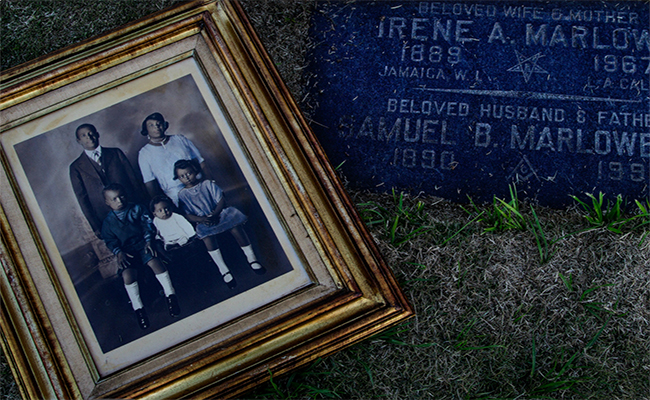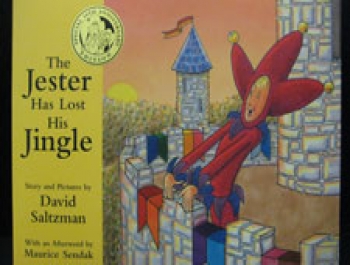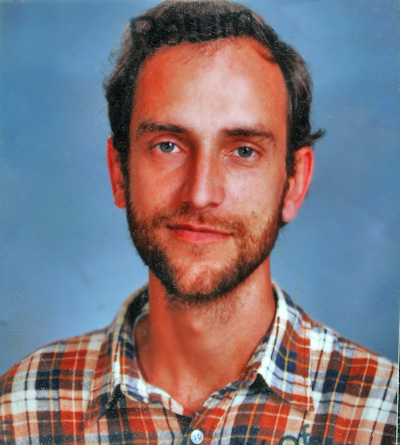
Samuel B. Marlowe (top left) appears in an undated family photo placed at his grave in Inglewood. | screenshot from latimes.com
The two most famous detectives of classic noir literature – Sam Spade and Philip Marlowe — just may have been inspired by the first Black private investigator licensed west of the Mississippi River – Samuel B. Marlowe. That’s according to a former Hollywood executive who brought Marlowe’s story to Los Angeles Times reporter Daniel Miller. In “Finding Marlowe” published last month, Miller attempts to trace just how much this Black private eye living in South Los Angeles in the mid-20th century shadowed lives throughout Hollywood. [Read more…]









 The Los Angeles Times Festival of Books will be held at USC this weekend, on Saturday April 21st from 10:00 am to 6:00pm, and Sunday April 22nd from 10:00 am to 5:00 pm.
The Los Angeles Times Festival of Books will be held at USC this weekend, on Saturday April 21st from 10:00 am to 6:00pm, and Sunday April 22nd from 10:00 am to 5:00 pm. Erin Aubry Kaplan has been writing about race and Los Angeles for many years. The former L.A. Times and L.A. Weekly columnist has a new book out titled, “Black Talk, Blue Thoughts and Walking the Color Line.” She talks about the current state of “Black L.A.” and how she hopes her new book will help people come to a better understanding of color in America.
Erin Aubry Kaplan has been writing about race and Los Angeles for many years. The former L.A. Times and L.A. Weekly columnist has a new book out titled, “Black Talk, Blue Thoughts and Walking the Color Line.” She talks about the current state of “Black L.A.” and how she hopes her new book will help people come to a better understanding of color in America. The Los Angeles Times Festival of Books is opening a new chapter at the University of Southern California. For the first time in 15 years, the event is switching locations, and the change of location brings one of the authors a little closer to home.
The Los Angeles Times Festival of Books is opening a new chapter at the University of Southern California. For the first time in 15 years, the event is switching locations, and the change of location brings one of the authors a little closer to home.


 By John Hankey
By John Hankey




